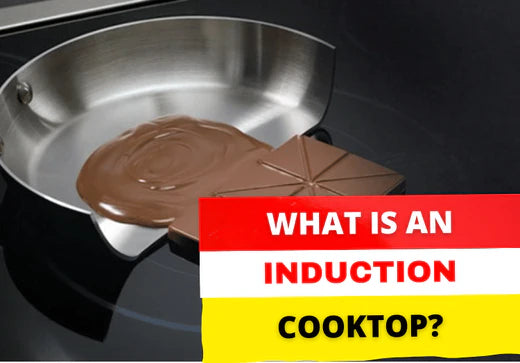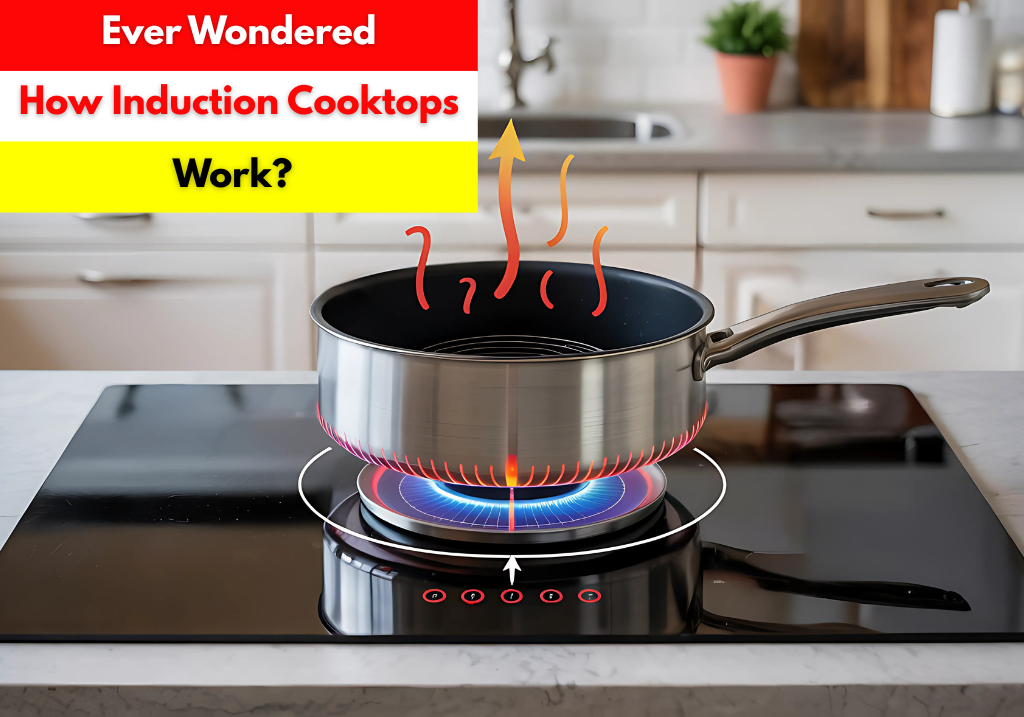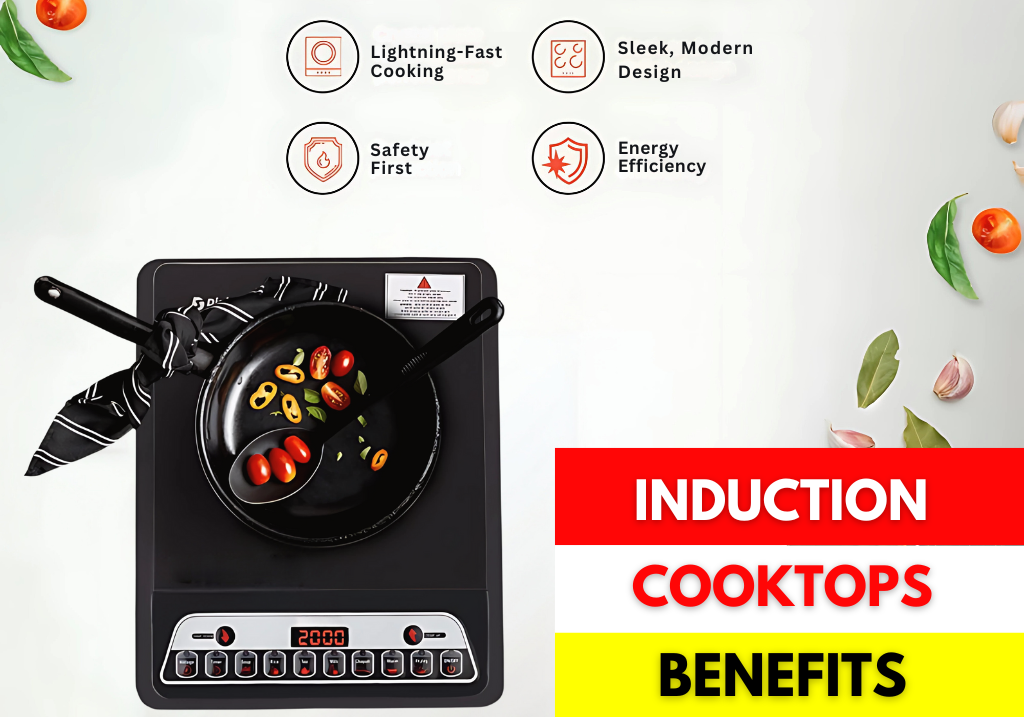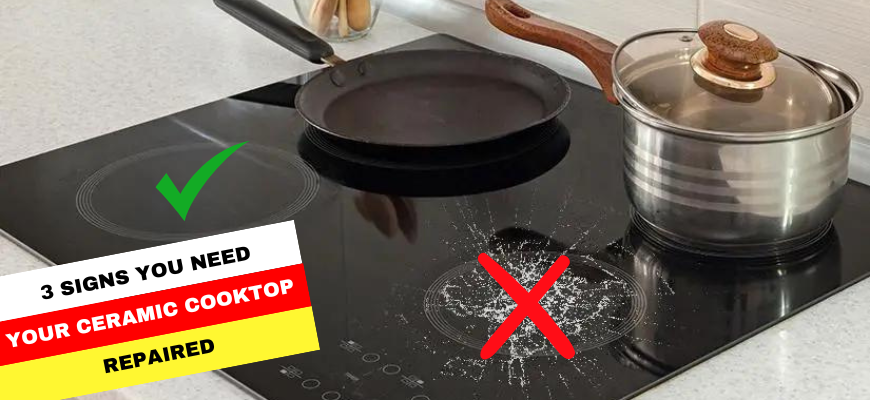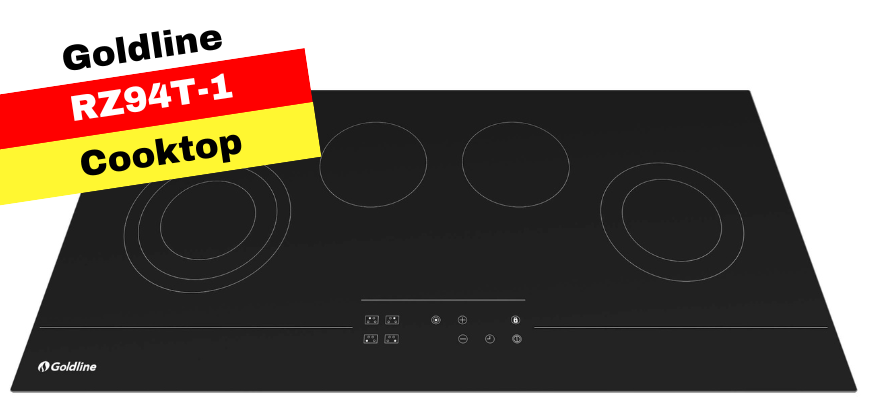What is an induction cooktop?
Induction cooktops have existed since the early 1900s, when they debuted at the 1933 World's Fair, but they did not gain widespread use until the later part of the 20th century. American engineer and inventor Nathaniel Baldwin was given the first patent for an induction cooktop in 1906, although his concept was never commercialised. In the 1920s, French scientist Marcel Deprez created a more realistic concept for an induction cooktop, but the first commercial induction cooktop was presented by the GE Corporation in the 1950s.
Over the subsequent decades, induction cooktops have changed, and we will do our best to address the following questions.
- - How do induction cooktops work?
- - What are the benefits of induction cooktops?
- - What are the drawbacks of induction cooktops?
- - Should you make the switch to induction?
How do induction cooktops function?
Induction cooktops employ electromagnetism to directly heat the cookware, as opposed to heating the cooktop and then transferring heat to the cookware. An alternating current is transmitted via a coil of copper wire positioned under the cooktop's surface when an induction compatible pot or pan is placed on one of the cooktop zones. This generates a magnetic field that magnetises the cookware. Consequently, the pot or pan becomes the heating element, enabling it to heat up rapidly and cook food evenly. Induction cooktops are safer and more energy-efficient than typical gas or electric cooktops because the ceramic glass itself does not get hot.

What are the advantages of induction cooking surfaces?
In addition to being quicker and more efficient than conventional gas or electric cooktops, induction cooktops have a number of other advantages. For instance, because the cooktop does not become hot, it is regarded as safer, especially in households with young children. Additionally, induction cooktops provide more accurate temperature control, allowing for more consistent and accurate cooking. In addition, they are easy to clean since there are no exposed heating components that might become caked with food or burned-on spills. Overall induction cooktops are regarded as a more sophisticated and efficient method of cooking.
What disadvantages do induction cooktops have?
Induction cooktops must be used with particular cookware that is compatible with the electromagnetic fields used to heat food. A conversion to an induction cooktop may need the purchase of new cookware, as not all pots and pans are compatible. In addition, induction cooktops can be more costly to purchase than conventional gas or electric cooktops, and they may be less commonly accessible in certain locations. Lastly, some individuals may dislike the high-pitched buzzing sound produced by an induction cooktop.
Should you switch over to induction cooking?
Yes, we believe that everyone should transition to induction cooking for a number of reasons, including the fact that induction cooking is safer, quicker, more energy-efficient, and better for the environment than traditional electric or gas-powered cooking. Switching to induction is an excellent method to reduce hazardous pollutants in your house, reduce your carbon footprint, and aid in the battle against climate change. The ACT Government has also committed to phasing out gas by 2045 and has banned new gas connections from 2023 and we are sure we will see more states around Australia follow Canberra's lead.
Do induction cooktops make noise?
When in use, induction cooktops emit a high-frequency buzzing sound that some individuals in rare cases may find irritating. This sound is a natural feature of the operation of an induction cooktop, caused by the flow of alternating current through the coil of copper wire beneath the cooktop's surface. Typically, the sound is not loud enough to be heard from another room, but it may be noticeable if you are in close proximity to the cooktop when it is in operation. Some newer versions of induction cooktops are designed to make this buzzing sound less apparent, but it is still a typical characteristic.











































